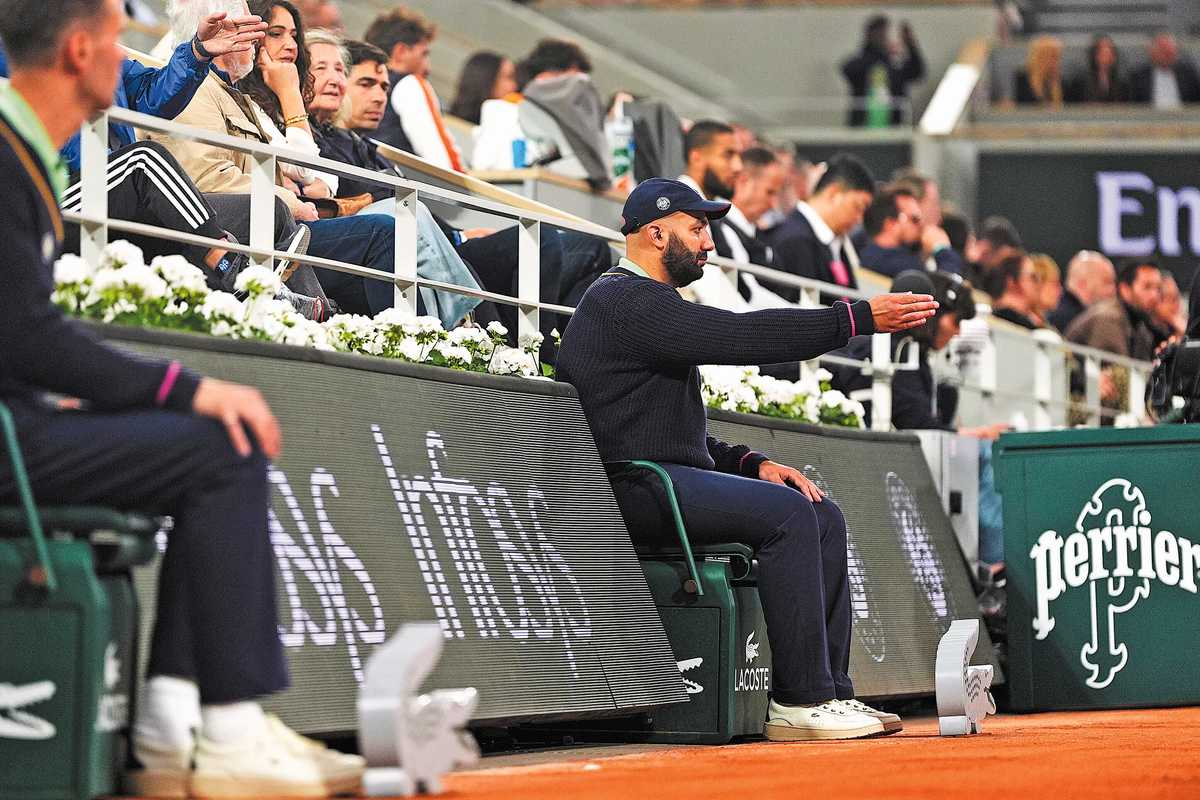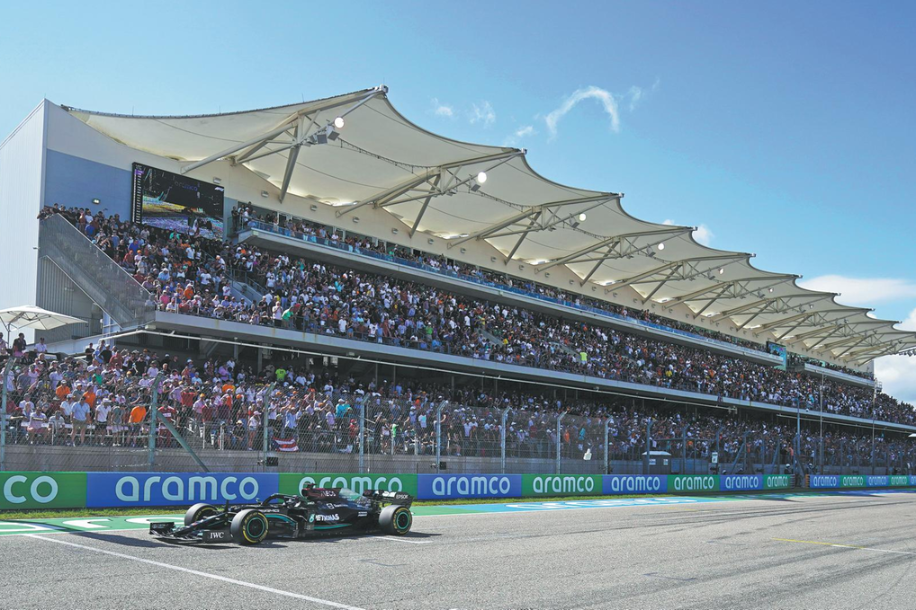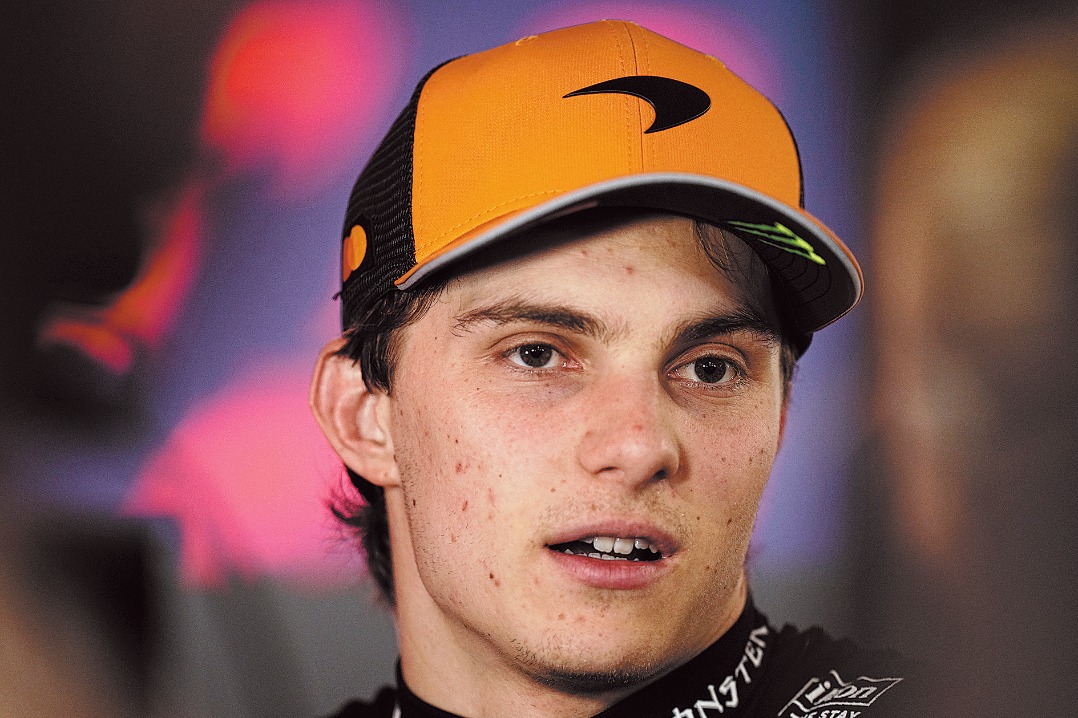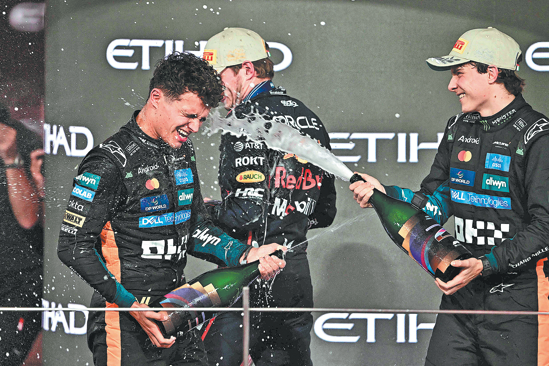French Open retains its human touch
Roland Garros continues to eschew touchline technology, and players think that's a bad call


He gets why there could be an inclination to shy away from too much change in a world now drowning in cell phones, streaming, social media and AI.
"You don't want to give everything away to technology, right? But, if I have to choose between the two, I'm more of a proponent of technology. It's just more accurate, saves time, and (means) fewer people on the court," said Djokovic, 38, who was disqualified from the 2020 US Open for inadvertently hitting an official with a ball out of frustration between games.
That edition of the tournament in New York only placed line judges on its two largest courts, while others used an electronic setup, a nod to COVID-19 pandemic precautionary measures.
The Australian Open got rid of all line judges in 2021, a first at a tennis major; the US Open did the same later that year.
The French Open remains a holdout, and that's not likely to change anytime soon.
"Unless the players are unanimous and come to us and say 'we won't play if there isn't a machine', then I think we've got a great future ahead of us to maintain this style of refereeing," French federation president Gilles Moretton said, while boasting of the quality of his country's officials.
Players don't sound that adamant, although they tend to echo the opinion of 21-year-old 2023 US Open champion Coco Gauff: "I mean, I don't know if it's, like, the Gen Z in me, but I think if we have the technology, we should use it."
Still, there is some charm to be found in the choreography of players insisting a call was wrong and chair umpires climbing down for a closer look at a ball mark on the clay. Watch a day of TV coverage from Paris and the odds are good that dance will take place — probably more than once.
"That's what makes clay special, in a way — that you can always review the shots," said Stefanos Tsitsipas, the runner-up to Djokovic at Roland Garros four years ago.
Obviously, you can't deny that electronic line-calling is the future, and everything is moving toward artificial intelligence, the Greek said.
"But, me, personally, I wouldn't mind playing on clay with maybe the judgment of a human instead of a robot."
No matter the form of officiating, there are invariably times when athletes — perhaps eyesight or faith strained by heat-of-the-moment tension and an eagerness to be correct — just won't agree with a call.
That, in turn, can lead to extended arguments and, sometimes, scenes similar to those seen recently: A player grabbing a cell phone from the sideline to snap a photo of a mark in the clay in a bid to prove, and win, a point.
Aryna Sabalenka, a three-time Slam champ and women's world No 1, and Alexander Zverev, a three-time major finalist, did just that, though they weren't the first.
Back at the 2013 French Open, Sergiy Stakhovsky put down his racket and took a picture of where a ball had landed during a loss to Richard Gasquet.
Stakhovsky said at the time that he'd done it before.
"Linespeople mess up sometimes," said 2023 Australian Open semifinalist Tommy Paul.
"Automatic line-calling is going to mess up probably less."
AGENCIES VIA XINHUA
Most Popular
- Slot has 'no clue' whether rebel star Salah has played last Liverpool game
- United sends wolves packing in 4-goal rout
- Dream move drives Hamilton to despair
- Rozier pleads not guilty to sports betting charges
- The end of a Su-perb era
- Does explosive outburst hint that Liverpool's 'Egyptian King' is set to abdicate?






























